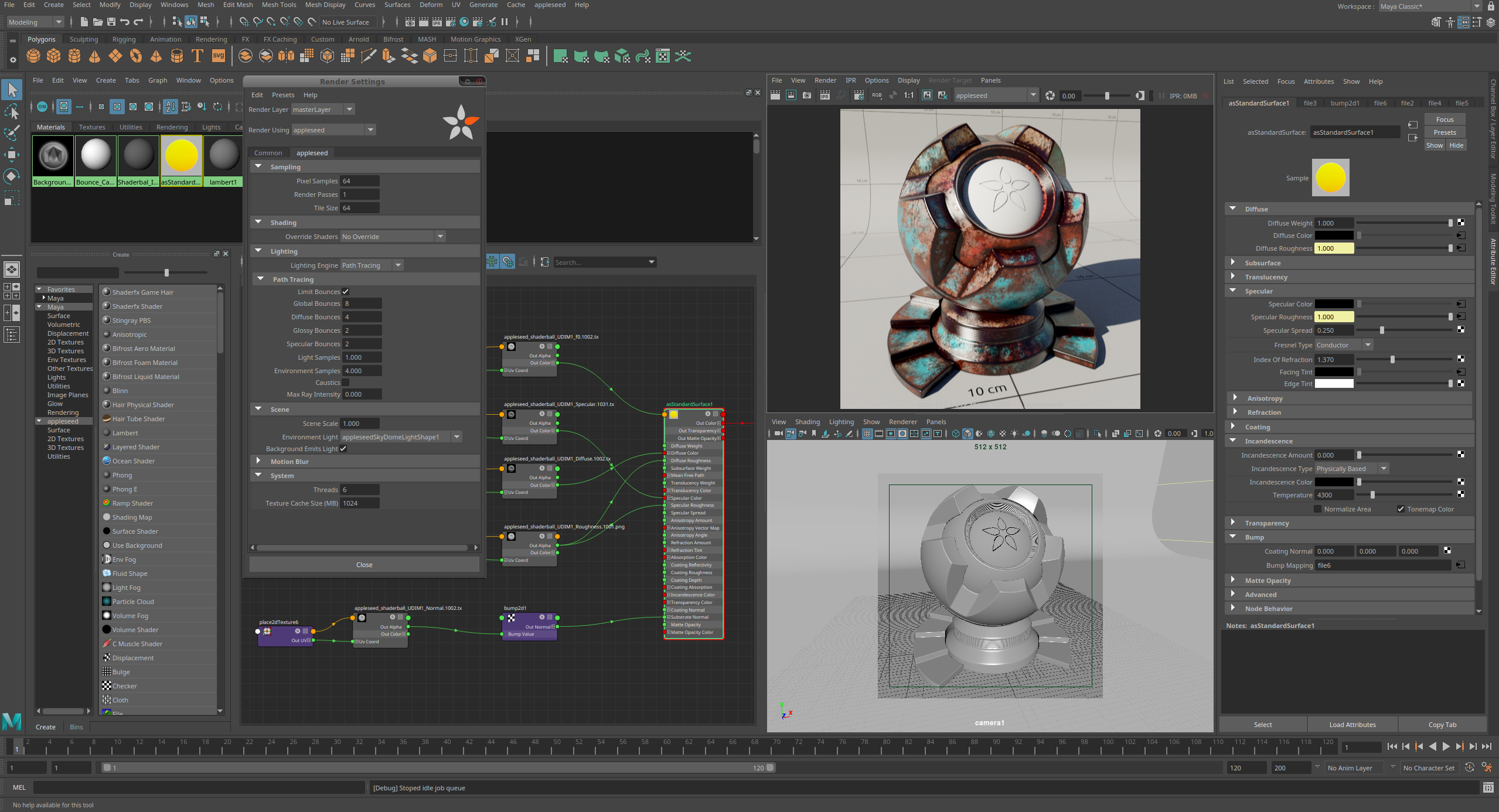

PBR materialsįor best results with glTF format, you are adviced to use one of the following materials, as they are the closest ones to glTF PBR material (Physically Based Rendering).Ĭurrently, two PBR materials are exported: Note that the conversion duration scales with images size and may have a severe impact on export duration. Maya Standard materials (Lambert, Phong, PhongE and Blinn) are converted to PBR materials based on their color, specular, transparency and glossiness (specular power). _ Opacity/Transparency mode * Custom attributes _ PBR materials (Stingray PBS, AiStandardSurface) _ Standard materials (Lambert, Phong, PhongE and Blinn are converted to PBR, see below)
Animations: position, rotation, scaling. Position / rotation / scaling (from nodes). Geometry: position, normal, color, texture coordinates (2 channels). Since the plugin first exports to babylon then converts it to glTF, glTF features are a subset of the babylon ones. The plugin exports to babylon format before converting it to glTF. With this plugin, you can also export your project to glTF 2.0 format ( ).Īll you need to do is choose gltf as Output format. Improved Arnold Viewport experience: A new toolbar added to all model view panels makes it easier to run and control the Arnold Viewport Renderer, the Maya Render view has been replaced with Arnold Render view for Arnold Renders and IPR, (except for Render Sequence), and 5.2.0 also adds support for the native Emit Specular and Emit diffuse options on Maya lights.Īrnold for Maya release notes for the full list of recently added features and bug fixes for versions 5.2.0 and earlier.If you have not already installed the babylon plugin for Maya, you can find all instructions here as well as general information about the plugin. In addition, you can now export Arnold shaders directly through Maya USD. Velocity motion blur, NURBS curves, and UsdPreviewSurface displacement are now supported in both the Render Delegate and the procedural. 
The Render Delegate now supports Cryptomatte, mesh lights, color management, light filters, light shaders, and nested instances as well as pinned curves and overscan. New dual lobe phase function parameters in the volume shader make it easier to render realistic clouds, and new modes for controlling the scaling of the emission can improve the look of emissive volumes.

MtoA 5.2.0 for Arnold 7.1.3 which provides improved volume rendering, improvements to the USD procedural and the Hydra Render Delegate, as well as an improved viewport experience.







 0 kommentar(er)
0 kommentar(er)
